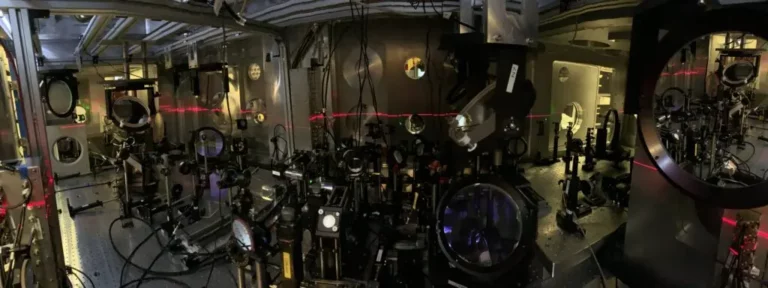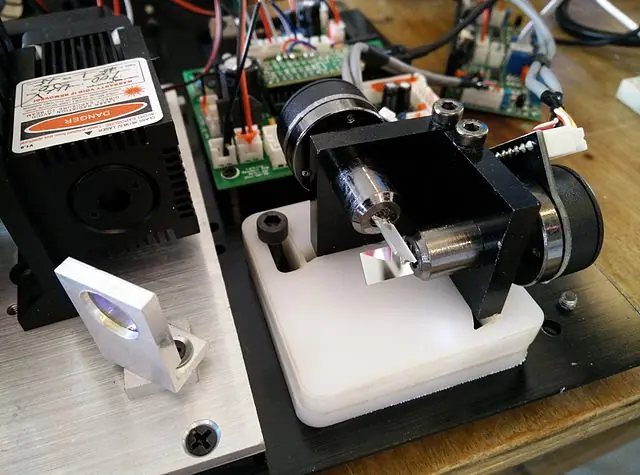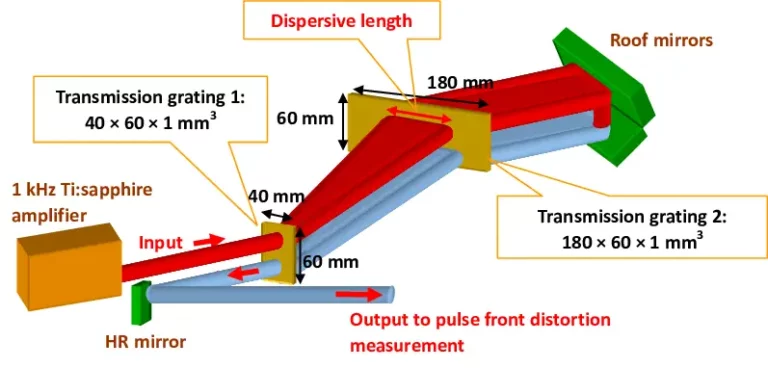A Beginner’s Guide to Fiber Bragg Gratings and Their Benefits in Telecommunications and Sensing

A Bragg grating is a type of optical filter that is widely used in fiber optic communications. It is formed by creating a periodic variation in the refractive index of an optical fiber. This variation causes light of a specific wavelength to be reflected back along the fiber, while allowing other wavelengths to pass through.
Fiber Bragg gratings (FBGs) are a specific type of Bragg grating that are written into optical fibers. These gratings are used to create narrowband filters that can be used to separate different wavelengths of light within an optical fiber. FBGs are widely used in fiber optic communications to separate different data channels and to provide wavelength division multiplexing (WDM) capabilities.
The principle of Bragg gratings is based on the reflection of light. Light is a wave, and when it encounters a periodic change in the refractive index of a medium, it can be reflected back. This is known as the Bragg reflection, and it is this principle that is used in Bragg gratings to create narrowband filters.
The writing of FBGs involves exposing the optical fiber to intense ultraviolet (UV) light while it is being deformed in a periodic manner. The UV light causes a change in the refractive index of the fiber, which creates the grating. The periodicity of the grating determines the specific wavelength of light that will be reflected, allowing for precise control over the spectral properties of the grating.
FBGs are widely used in a variety of applications, including telecommunications, sensing, and optical testing. In telecommunications, FBGs are used to separate different data channels within an optical fiber and to provide WDM capabilities. This allows for the efficient use of optical fibers for transmitting large amounts of data over long distances.
In sensing, FBGs are used to measure various physical parameters, such as temperature, pressure, and strain. This is achieved by observing the changes in the spectral properties of the grating that result from the physical changes.
FBGs are also used in optical testing, where they are used to characterize the properties of optical fibers and other optical components. FBGs can be used to measure the spectral properties of optical fibers, including their loss, dispersion, and birefringence.
In conclusion, Bragg gratings and FBGs are important optical filters that are widely used in a variety of applications. They are used to separate different wavelengths of light, to measure physical parameters, and to characterize optical fibers and other optical components. With their precision and versatility, they are a critical component in modern optical communications and sensing systems.






